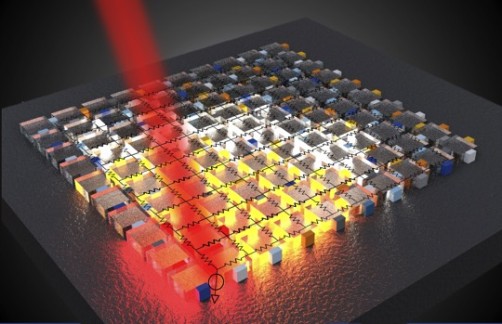PHYSICS
George Washington University researchers use Comsol Multiphysics software for simulating a nanophotonic analog processor
Analog photonic solutions offer unique opportunities to address complex computational tasks with unprecedented performance in terms of energy dissipation and speeds, overcoming current limitations of modern computing architectures based on electron flows and digital approaches.
In a new study published today in the journal Nature Communications Physics, researchers led by Volker Sorger, an associate professor of electrical and computer engineering at George Washington University, reveal a new nanophotonic analog processor capable of solving partial differential equations. This nanophotonic processor can be integrated at a chip-scale, processing arbitrary inputs at the speed of light.

